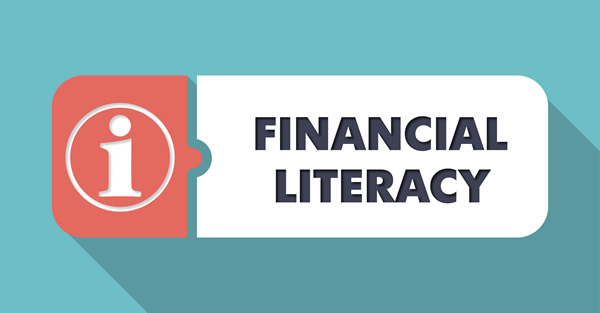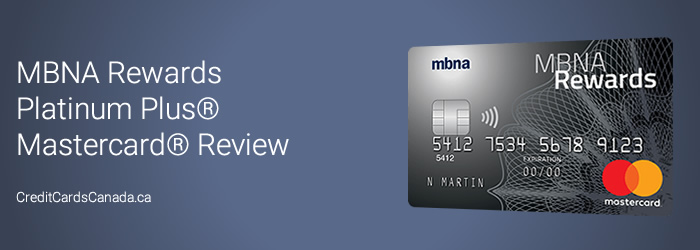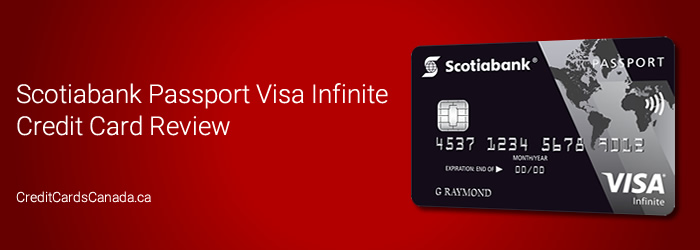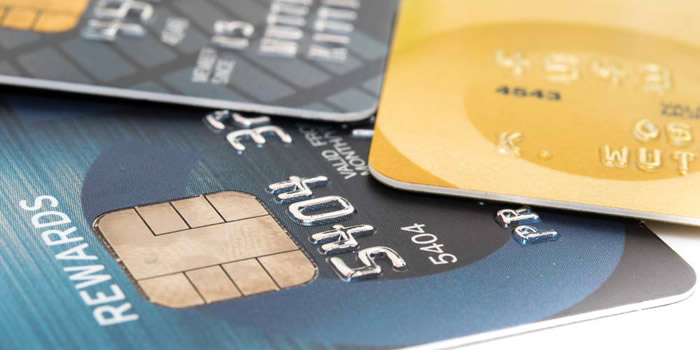
With Financial Literacy month all wrapped up, we think it’s important to remember that improving financial literacy for all people should be a top priority for individuals, governments, and companies. With a better understanding of financial literacy, everyone is likely to be better off.
Why Financial Literacy is Important
In high school we learn about chemistry, civics, history and even physical education, yet personal finance is still not a mandatory course. Financial literacy is an essential building block of financial success – a 2008 study by Harvard/Dartmouth found that financial literacy is the crucial first step in building personal wealth. The study found those unable to grasp the concept of calculating interest rates from a stream of payments are more likely to rely more heavily on credit and have a lower net worth. Furthermore, those who don’t understand the power of compound interest have a greater likelihood of having problems with debt repayment.
Financial literacy is about having the tools you need to make the right decisions. Far too many Millennials learn about financial literacy – or the lack thereof – the hard way. Most young people learn about the importance of financial literacy when they go away to college or university. For the first-time they are financially independent. If they mismanage student and credit card debt , it can hurt their chances of every owning a home.
With the household debt-to-income ratio near a record-high, clearly there’s room for improvement with respect to financial literacy. Interest rates may be low right now, but what happens when they increase to normal levels? Will you still be able to afford your mortgage payments? Financial literacy benefits society as a whole. Improved financial literacy would mean people would manage their money better and fewer would get into financial problems and rely on social assistance.
Financial Literacy and Credit Cards
Credit cards are a useful financial tool when used responsibly. By constantly paying off your balance in full each month, your credit card can help you manage your short-term cash flow and build a solid credit history. But watch out – if you abuse your credit card, you can quickly find yourself in financial ruin. Here are some credit card best practices to follow. For more great tips, be sure to visit our ever-growing Education Centre.
Avoid Impulse Purchases: Swiping your credit card is a lot less painful than paying in cash. Before you take out your credit card, ask yourself if you really need this purchase.
Pay Off Your Balance in Full: You should strive to pay off your balance in full each month. By only paying the minimum payment, it can take years to pay off and cost thousands in interest.
Understand How Interest is Calculated: The majority of credit cards accrue interest based on your average daily balance at 18% or higher. Always strive to make more than the minimum payment.
Build Your Credit History: Credit cards can be an effective financial tool for building a good credit history. By making regular payments and paying off your balance in full each month, you’ll demonstrate to lenders you’re a responsible borrower.
Consider Using Cash: Some people just can’t handle credit cards. If you find your monthly credit card balance is getting larger each month, you should consider cutting up your credit card until you get your personal debt situation under control.
Financial Literacy is Also About Saving and Investing
Workplace pension plans are no longer widespread. With only a third of employers providing pension plans, the onus is on workers to save towards their retirement. Canadians have two powerful savings vehicles to take advantage of: RRSPs and TFSAs. Although RRSPs have been around for decades, only less than a quarter (24 per cent) of us contributed to our RRSP in 2011, according to Statistics Canada.
Introduced in 2009, TFSAs offer a more flexibility than RRSPs – you can towards financial goals like buying a home or car. While Canadians could have contributed as much as $31,000 into a TFSA in 2014, the average account TFSA balance as of June 2013 was only $8,785, according to Investor Economics. With proper financial education, Canadians are more likely to spend their money wisely today and save for tomorrow.




